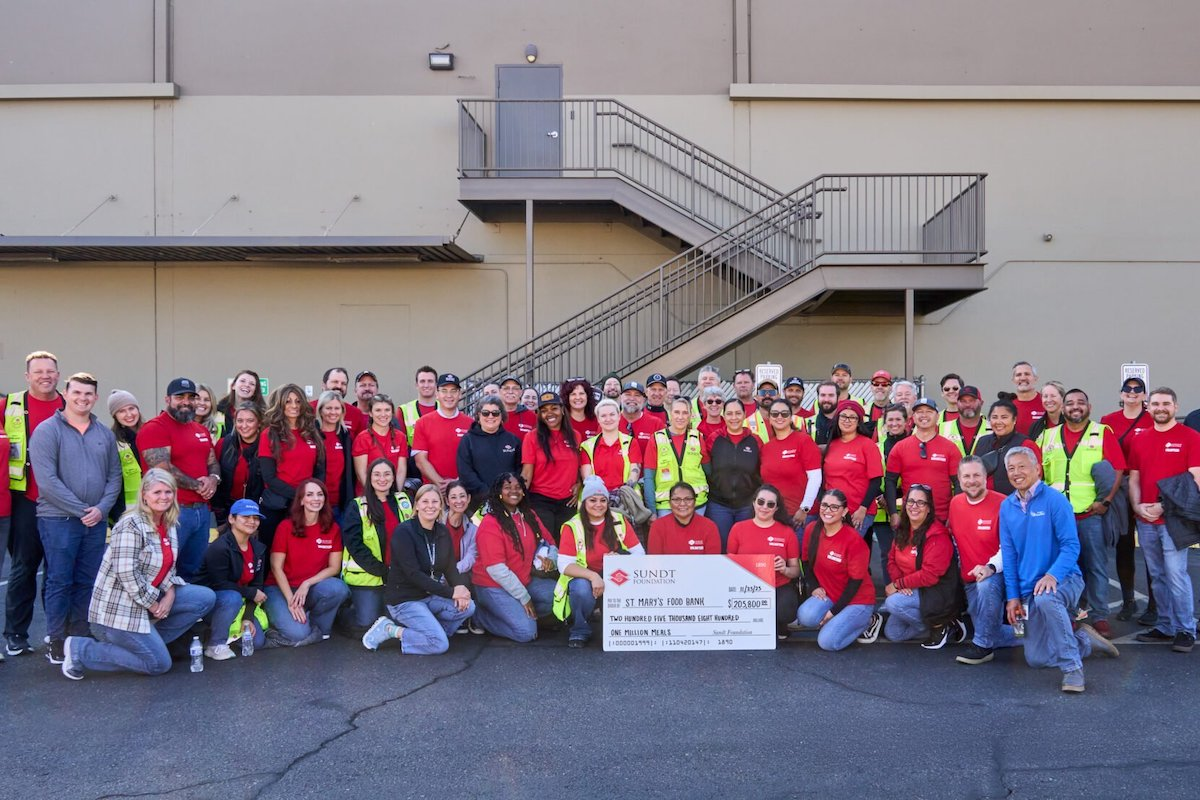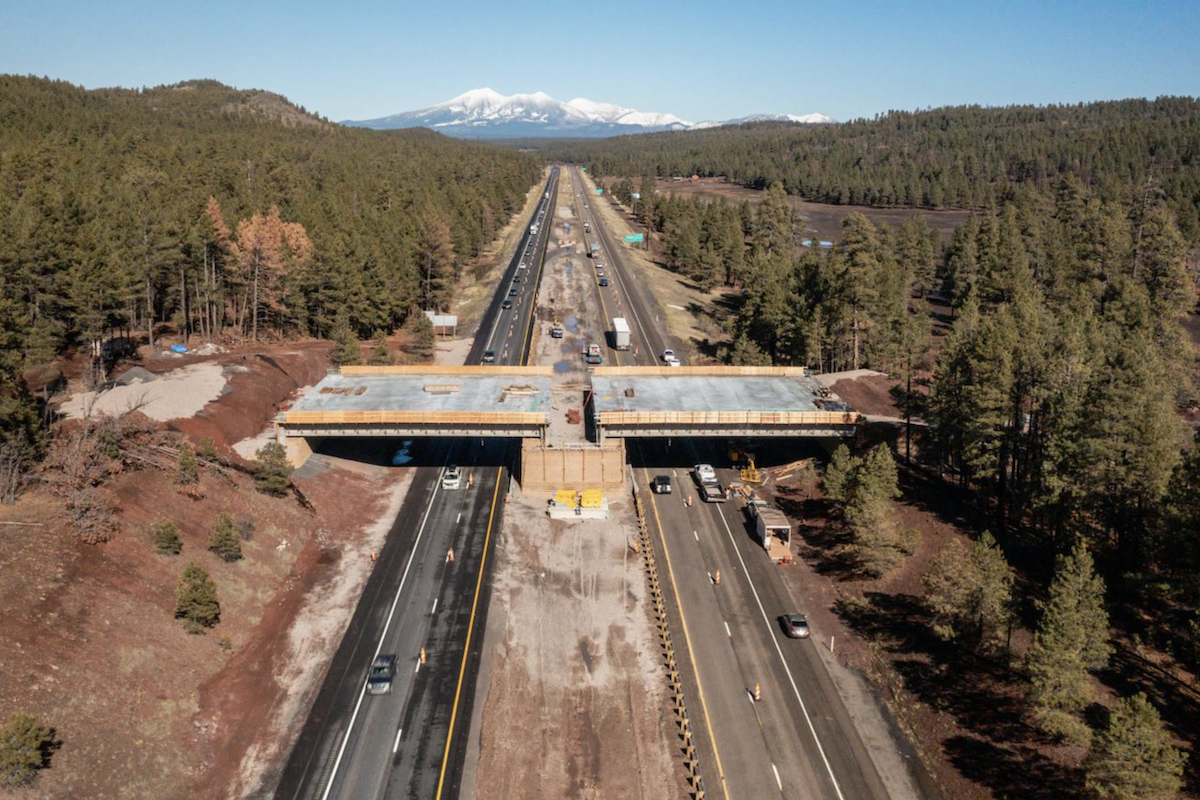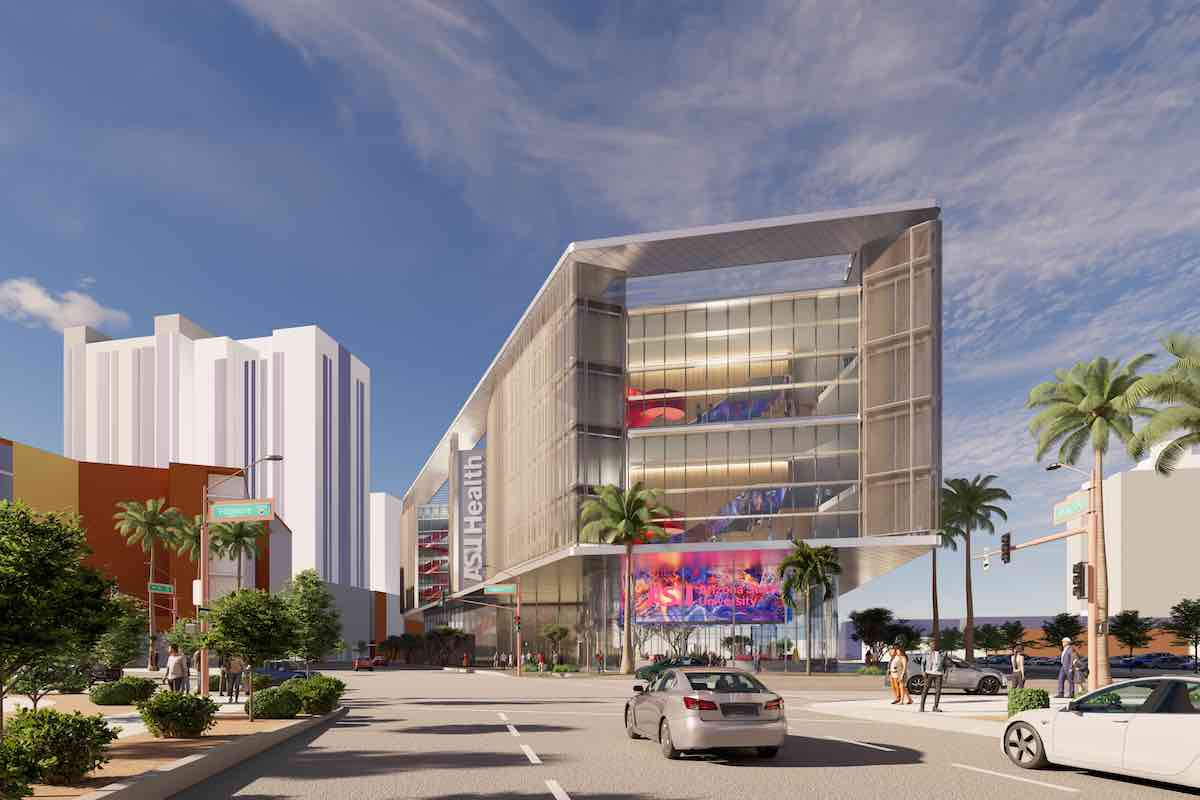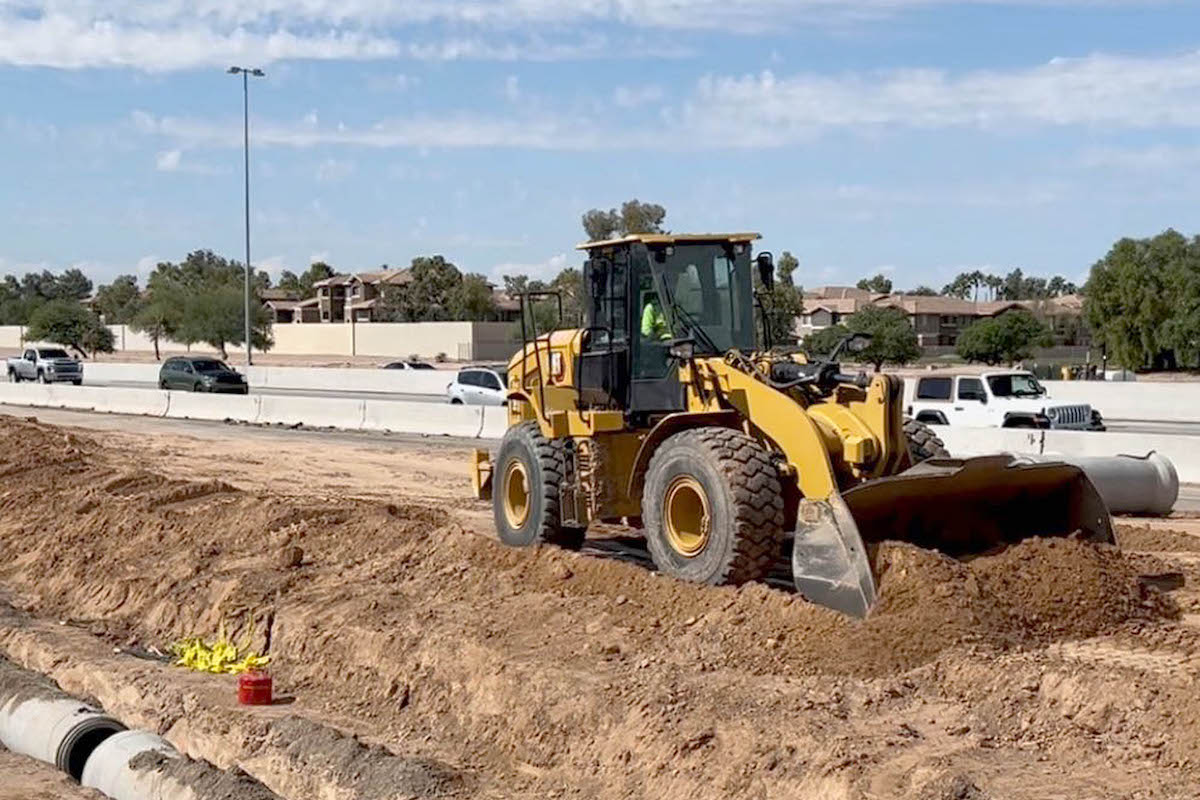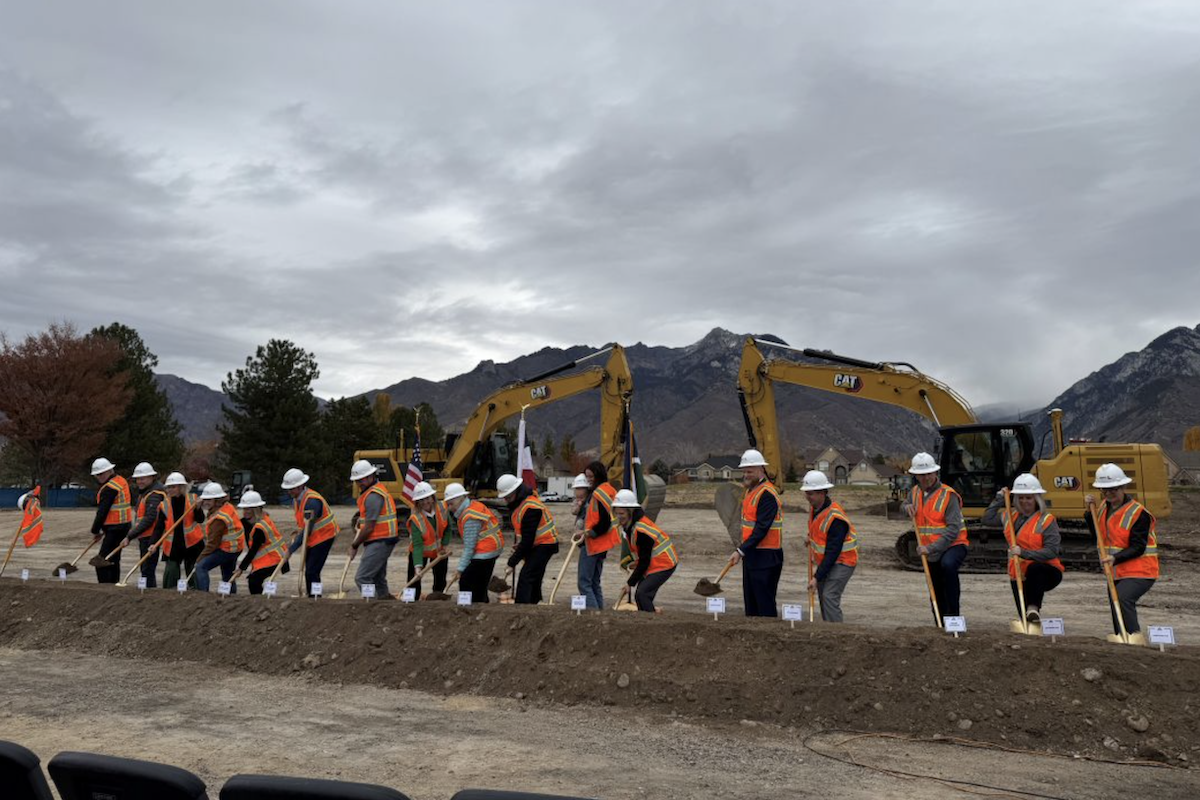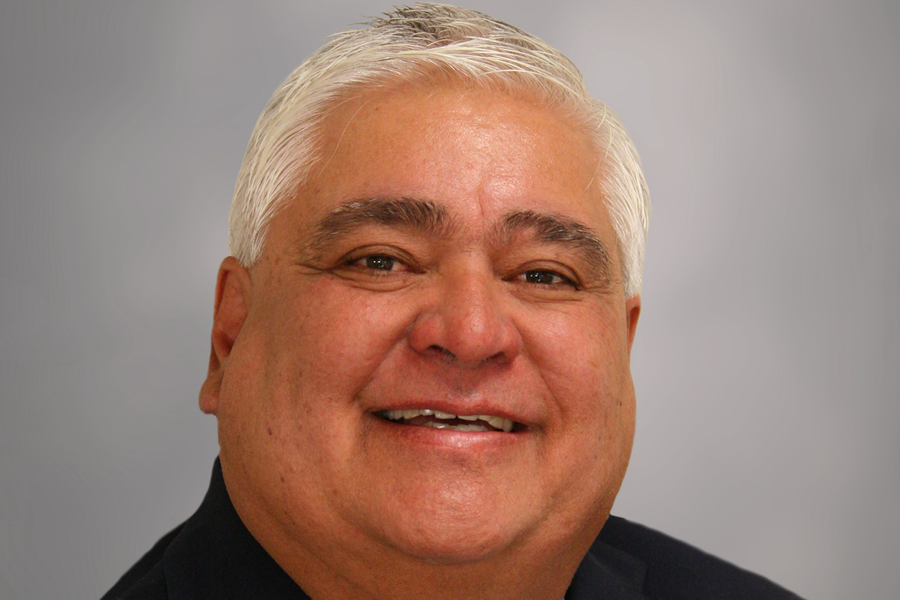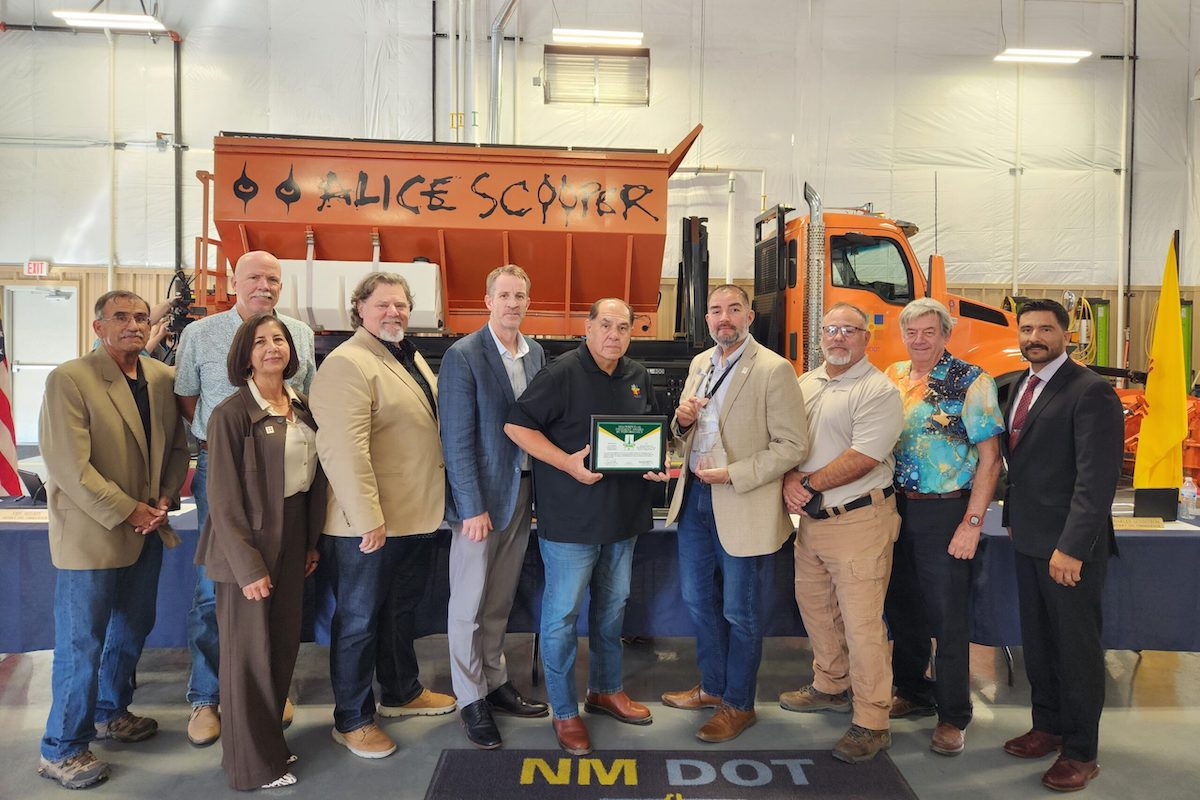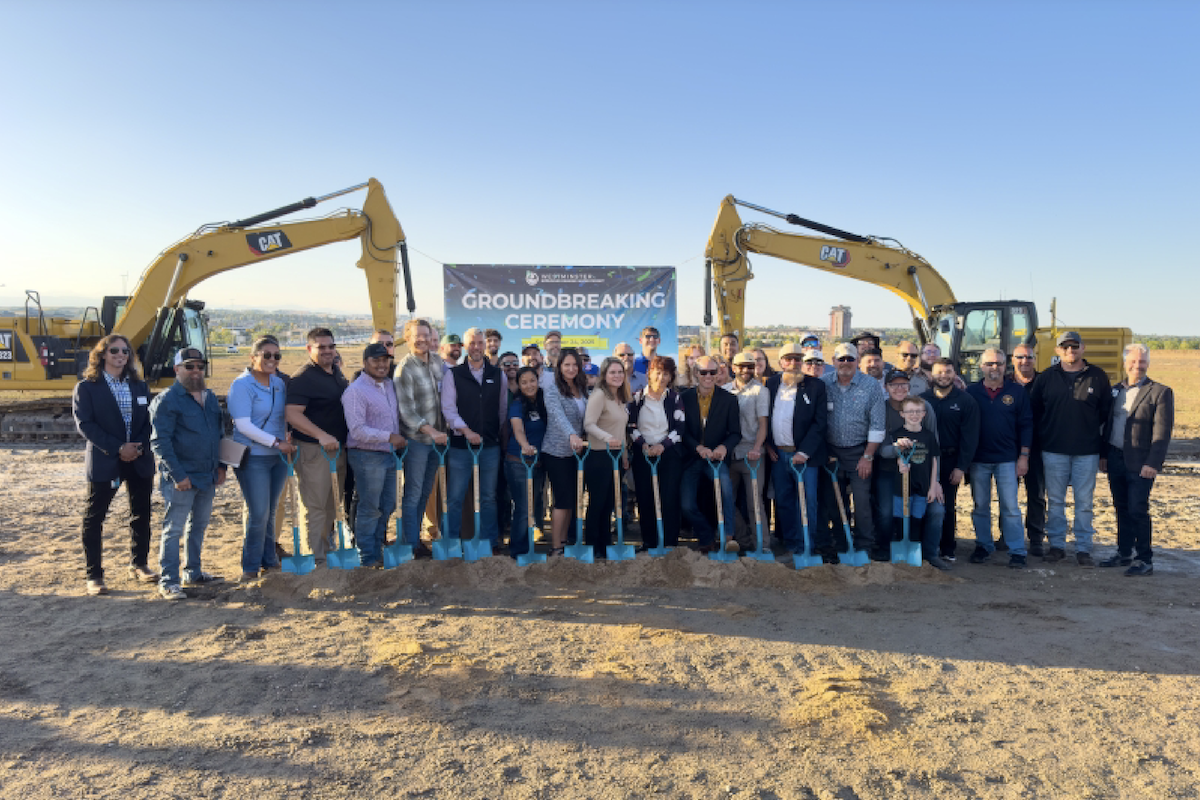The Arizona Department of Transportation’s (ADOT) latest figures show 1.1 percent of pavement on the state’s interstate freeways was considered in poor condition. Meanwhile, 0.9 percent of bridges ADOT maintains on all state highways were rated in poor condition. A poor rating does not mean a bridge is unsafe; it means repair needs have been identified in the bridge’s deck, superstructure, or substructure.
“We have worked diligently to maximize the funding Arizonans allocate for transportation to deliver the safest and most reliable highway system possible,” said Dallas Hammit, ADOT’s State Engineer and Deputy Director for Transportation.
Despite Arizona’s strong standing in the TRIP report, challenges loom. With ADOT responsible for 28,000 lane miles and 6,800 center-line miles of highway, available funding in recent years has meant that a smaller share of pavement on all state highways is considered in good versus fair condition.
Over a nine-year period, the share of pavement considered in good condition has fallen from 72 percent to 48 percent on interstate freeways, from 68 percent to 32 percent on non-interstate national highway system highways and from 44 percent to 19 percent on state highways that are not part of the national highway system. Among the state highway system's 4,800 bridges, the share rated in good condition has fallen from 78 percent to 59 percent in recent years.

| Your local Gomaco dealer |
|---|
| Faris Machinery |
| Tri-State Truck & Equipment Inc |
Arizona’s relatively dry and mild climate helps pavement and bridges last longer before major repairs are needed. Bridge and pavement conditions also are inspected on a regular basis. However, as the pavements and bridges age, the cost and effort of maintaining them increases.












